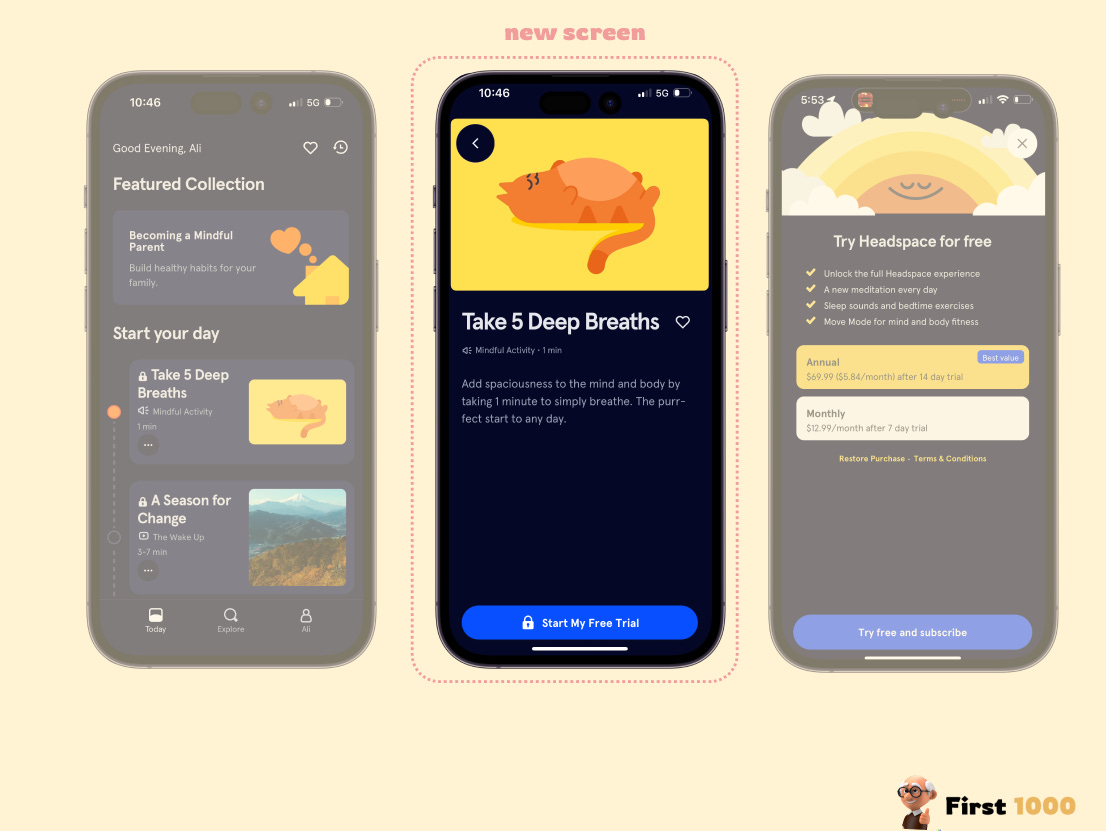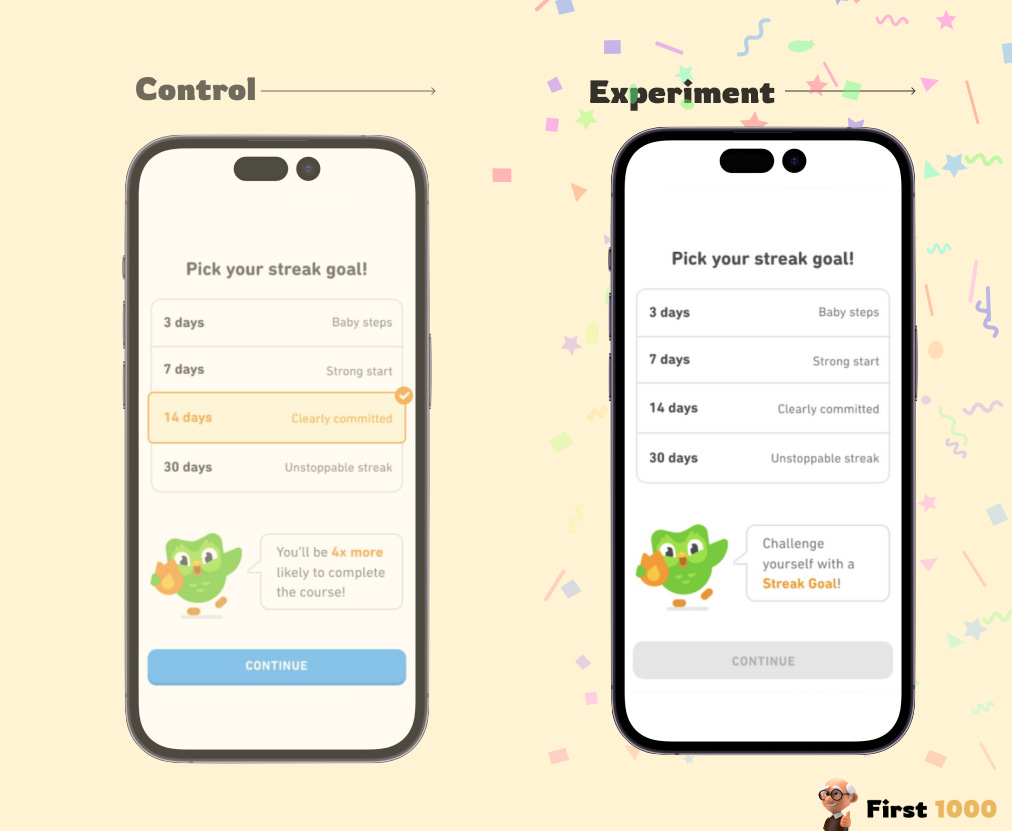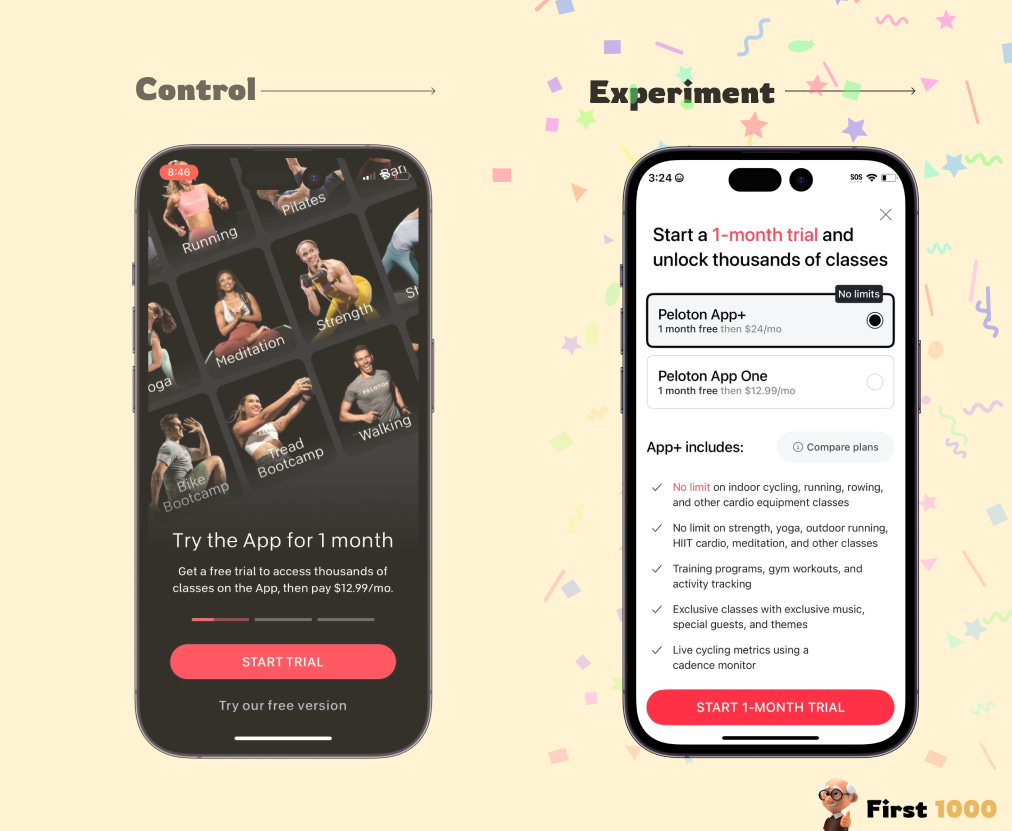The Growth Newsletter #164 Solve all their problems. SaaS Quick Ratio. Increase friction. |
Happy Spring Break for all the parents in the crowd. Kids burst into the room at least 12 times while editing the newsletter this week 😂 Topics for the day: Solve all their problems. SaaS Quick Ratio. Increase friction. Let's dive in 🌸
– Neal |
Thanks to our sponsors for keeping this newsletter free for all of you! Check them out :) |
|
|
Brought to you by Contrast
The webinar platform for the modern marketer: - Branded webinar experience with your logo & colors
- AI that turns your webinars into weeks' worth of content
- Engagement features your audience will remember
I've used nearly every webinar tool there is, and this is my favorite.
Try Contrast free → |
|
|
Brought to you by Insense—save 40+ hours on influencer sourcing and management. Through Insense: - Influencers apply to you
- Get UGC within 10 days
- Automated influencer agreements + payments,
- And build long + short-term influencer partnerships.
DC readers get a $200 credit until April 5. Book a free strategy call to claim it. |
|
|
Want to be featured in front of 96,432 founders and marketers? Learn more here–booking into Feb. |
|
|
1. Solve all of their problems
Insight from $100M Offers by Alex Hormozi.
If your product misses just a single piece of fixing someone’s problem, they often won't buy. Let’s use the process Alex Hormozi details in $100M Offers to generate product ideas. This is a quick overview. Here’s a thorough example I made.
1. Map out everything users need to do to achieve their goals or solve their problems.
For example, when losing weight: Buying healthy food, cooking healthy food, resisting unhealthy food, choosing a gym, getting to the gym, choosing exercises, exercising regularly, preventing injuries… Be thorough. You don’t want to miss anything. You only need to do this once. 2. Map out the problems (either real or imaginary) for each of them. For example, buying healthy food: - “I don’t know what to buy”
-
“It’s gonna be expensive”
- “I’m not gonna like it”
- “My family won’t like it”
- “It’s gonna take a lot of time”
- “I travel too much, I won’t stick with it”
3. Think of solution statements for each problem. Ask yourself, “What would I need to show someone to solve this problem?” Then, reverse each problem into solution-oriented language. - “I don’t know what to buy”: How to make buying healthy food easy and enjoyable
- “It’s gonna be expensive?: How to buy healthy food for what you're already paying
- “I’m not gonna like it”: How to cook delicious healthy food
-
“My family won’t like it”: How to cook healthy food your kids will love
- “It’s gonna take a lot of time”: How to buy and cook healthy food quickly
- “Travel too much…”: How to get healthy food while travelling
4. Write down specific ideas on how to achieve that solution.
There are various ways to solve every problem. Different ways require different amounts of your time and effort and have a greater impact for customers. As you’re creating solutions, use this to help you think through different ways you could help: |
For example, for “How to make buying healthy food easy and enjoyable” - In-person grocery shopping tour + lesson
- Selfie-style tour of a grocery store (live or recorded)
- Personalized grocery list
-
Full-service shopping
- In-person lesson (not at store)
- Text/phone support while shopping to help them if they get stuck
Be as creative as possible, even if it’s not something you want to do. The next step is to trim. Let ideas flow. 5. Trim and stack.
Go through the list of solutions and figure out the rough costs to service. Remove all the expensive and low-value ones. Then remove low cost, low value. Ultimately, you want to optimize for things that (as quoted from the book): - They financially value
- Cause them to believe they’ll be likely to succeed
- Make them feel like they can do it with much less effort and sacrifice
- Help them accomplish their goal and see the result they want with far less time investment
Here's a thorough example using our audience-building course, UNIGNORABLE. |
|
|
2. The SaaS Quick Ratio Insight from the ether. Here’s a great metric for helping track the health of your SaaS business: |
What this all means: -
New MRR: Monthly recurring revenue from new customers in that period (month, quarter, etc).
- Expansion MRR: Additional revenue from existing customers, such as upgrades, upsells, and cross-sells.
- Churned MRR: Lost recurring revenue from canceled subscriptions.
-
Contraction MRR: Lost revenue from downgrades and refunds.
A high SaaS Quick Ratio indicates that your startup is growing revenue quickly and effectively managing churn. A low ratio suggests that churn is negating growth efforts. Some benchmarks - A ratio of 4 or higher is considered excellent, indicating strong, efficient growth, particularly if it can be sustained month over month.
-
A ratio between 2 and 4 suggests healthy growth but with room for improvement in acquiring new customers or reducing churn.
- A ratio between 1 and 2 signals you might be at risk, with churn significantly impacting growth. It's a call to action to either accelerate customer acquisition strategies or find ways to reduce churn.
-
Below 1 indicates that you’re losing MRR faster than it’s growing. Code red.
Of course, if you have some large enterprise accounts that churn, you may have months that look grim, but the idea is to keep the SaaS Quick Ratio above 2 (and ideally above 4) on average throughout the year. It's a helpful metric for getting a quick pulse on growth vs churn.
For over 450 tactics to grow revenue and reduce churn, check the free Growth Vault, which includes every tactic we’ve shared in this newsletter. |
|
|
3. Add friction to increase conversions
Insight from First 1000 by Ali Abouelatta. Classic maxim: If you want to increase a behavior, make it easier and more fun. But this tactic flies in the face of that. It’s about intentionally adding friction in the form of: - Additional steps (more pages or more things to click or fill out)
-
More information or reading (more text, less images)
- More decisions to be made (annual vs monthly, Pro vs Premium)
Here are examples curated by Ali Abouelatta of how adding friction increased conversions: Additional steps + reading – Headspace Headspace increased conversions by adding an intermediary page before the paywall to prime people with “why” they should subscribe. |
Additional steps + decisions – Duolingo Duolingo found that removing the 14-day pre-selected option increased retention. The pre-selected option is a quick “yeah, whatever, next!” Having to stop and make a conscious decision causes you to take the goal seriously. |
More reading + more decisions Peloton used to have a super smooth one-click button to start their trial. Then, they replaced it with a dense page with a lot to read, and you had to decide between two tiers.
I suspect this did better because it highlights all the cool things you’re going to get, and you feel more in control. |
People enjoy control. So don’t just try to remove steps. Strategically make the process a little harder to get people to feel more in control and bought in. The only way you find the best version is by experimenting. Ali has a few more examples of Positive Friction here. I also recommend going through Growth.Design’s visual case studies. |
|
|
News you can use:
Tomorrow is St O'Grady's Day |
So much of startup success is luck: meeting the right person, reading the right book, and being in the right place at the right time. The best way to increase your luck surface area is to build your personal audience. Broadcasting your ideas, values, and expertise to attract people to you. Which is why we're making tomorrow St O'Grady's Day.
In celebration, 50 lucky people will get the April cohort of our audience-building cohort course, UNIGNORABLE, for 50% off ($500).
Cart opens at 8 AM Pacific / 11 AM Eastern tomorrow. Add it to your calendar: |
PS: Sales do better when they're associated with a holiday—even if it's not real. Hence, we created St O'Grady's Day and horrifyingly faceswapped me onto an AI leprechaun.
|
|
|
Want to be featured in front of 96,432 founders and marketers? Learn more here.
|
|
|
What did you think of this week's newsletter? |
😍 Loved it: Forward to a friend, or send a reply—a simple 😍 will do! If really helps.
🤷♀️ Meh: You can unsubscribe here, or manage your subscription here.
🤔 I'm new here: You can join the party here. |
|
|
In case you're new: Who's Demand Curve?
We’re on a mission to help make it easier to start, build, and grow companies. We share high-quality, vetted, and actionable growth content as we learn it from the top 1% of founders and marketers. |
|
| © 2024 Demand Curve, Inc. All rights reserved. 4460 Redwood Hwy, Suite 16-535, San Rafael, California, United States
Unsubscribe from all emails, including the newsletter, or manage subscription preferences. |
|
|
|


_01HS9HZZG6BRKNCHDZ3RC457YP.jpg)






